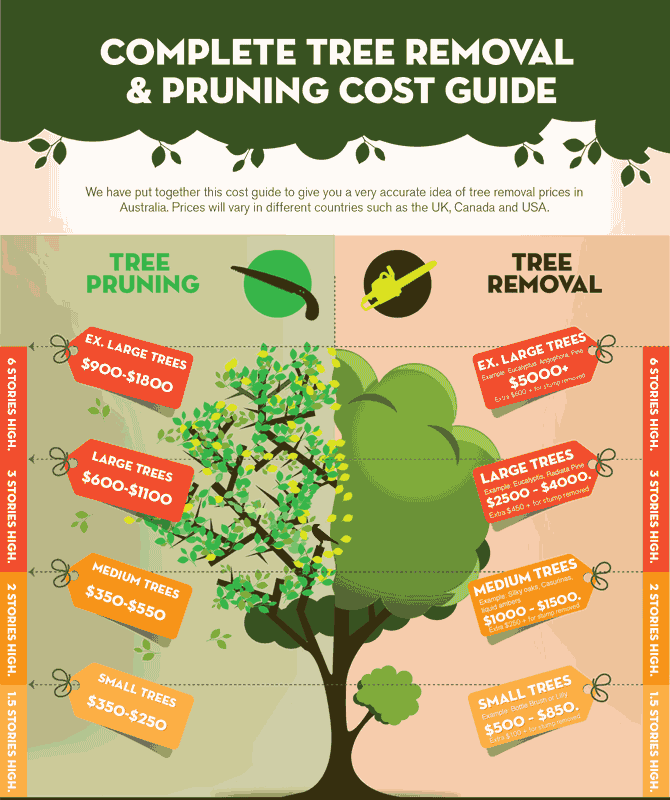Post-Tree Removal Support: How To Efficiently Restore Your Landscape
Post-Tree Removal Support: How To Efficiently Restore Your Landscape
Blog Article
Material Writer-Langley Als
After a tree's elimination, your landscape might look fairly various, and it's essential to analyze the consequences meticulously. You'll wish to review the dirt disturbance and check surrounding plants for any kind of indicators of stress. Neglecting these aspects can cause bigger problems down the line. So, what should you perform with those stumps and origins? And how do https://www.fenews.co.uk/press-releases/56195-what-are-the-most-lucrative-trades-businesses-to-start choose the best plants for your revitalized area? Allow' https://keegantoidw.blogproducer.com/42439649/seasonal-pruning-of-trees-timing-and-techniques-for-optimum-growth out these important steps.
Assessing the Aftermath: Reviewing Your Landscape
After a tree elimination, it's important to assess your landscape to comprehend the influence it has on your yard.
Begin by taking a look at the area where the tree stood. Try to find indicators of soil disruption, and examine the bordering plants for any kind of stress and anxiety or damages.
You should additionally take note of exactly how the removal has actually transformed sunshine exposure and airflow in your yard. This shift can affect the development of close-by plants, so it's necessary to review their wellness.
Think about the visual elements as well; the removal could develop an open space that you can redesign.
Ultimately, think of any kind of prospective erosion concerns that may develop from the tree's lack. Attending to these factors early will aid bring back equilibrium to your landscape.
Dealing With Stumps and Roots: Alternatives for Elimination
When you have actually assessed the after-effects of the tree removal, you'll likely need to tackle the stump and origins left.
You have a few alternatives for removal. One reliable technique is stump grinding, where a specialist makes use of a machine to grind the stump to below ground degree. This method leaves marginal interruption to your landscape.
If you like a do it yourself technique, you can utilize a combination of digging and chemical stump cleaners. Just keep in mind, this procedure can require time and initiative.
Additionally, take into consideration leaving the stump as an all-natural function, which can function as an one-of-a-kind yard aspect or habitat for wild animals.
Whatever you select, addressing the stump and roots is necessary for restoring your landscape.
Picking the Right Plants for Your New Space
As you examine your newly gotten rid of area, picking the right plants can significantly improve your landscape's appeal and functionality.
Begin by considering the sunlight and dirt conditions. For bright locations, opt for drought-resistant plants like lavender or succulents. In shaded places, brushes and hostas thrive well.
Think about the size and development habits of your plants; mix perennials and annuals for seasonal range. Do not neglect to incorporate native species; they call for much less maintenance and support regional wild animals.
Team plants in odd numbers for an extra all-natural look and produce layers for aesthetic deepness.
Ultimately, guarantee you have a mix of colors and structures to maintain your landscape lively throughout the seasons.
Happy planting!
Conclusion
Finally, recovering your landscape after tree elimination is a fulfilling process. By examining the results, addressing stumps and roots, and picking the right plants, you'll create a thriving setting. Don't fail to remember to incorporate disintegration control steps to shield your dirt. With a little initiative and treatment, you can transform your area right into a dynamic yard that improves your home. Accept the chance to invigorate your landscape and appreciate the charm of nature right in your yard!
